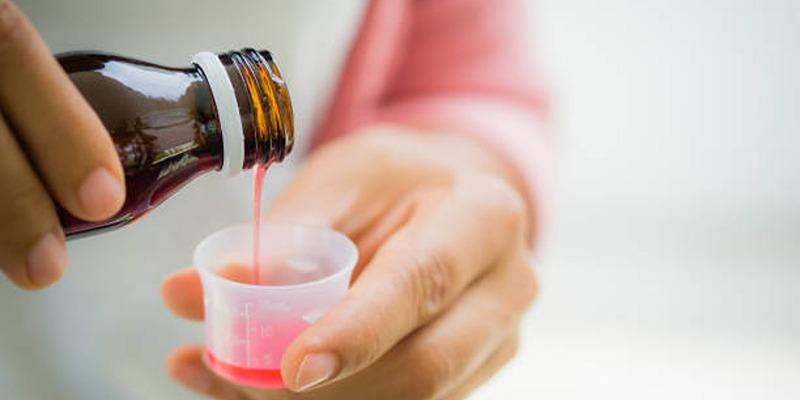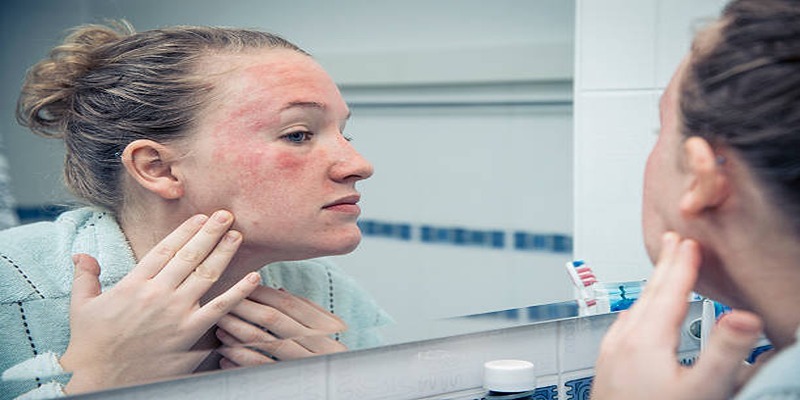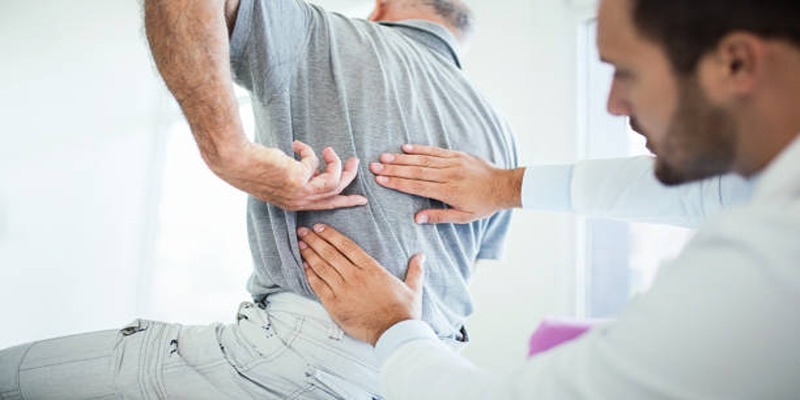4 Simple Steps to Eliminate Mistakes with Liquid Medicines
Administering liquid medicines correctly is crucial to ensuring safe and effective treatment, yet mistakes can often occur due to measurement errors or improper techniques. These errors can lead to inaccurate dosages, negatively impacting the health and recovery of the person taking the medication. Whether you are a caregiver, parent, or patient, understanding the correct methods for handling liquid medicines is essential. By following a few straightforward steps, you can significantly reduce the risk of errors and safeguard well-being.
1. Read Labels and Instructions Carefully
Proper use of liquid medicines starts with one essential step: reading the label and instructions thoroughly. Skipping this can lead to mistakes that might reduce the medicine's effectiveness or even cause harm. Taking a few extra minutes to review the details can make all the difference. Here’s what to focus on:
1. Dosage Guidelines
Follow the recommended dosage based on factors like age, weight, or condition. This is particularly crucial for children, as their doses are often weight-dependent. Always use the measuring tool provided with the medicine, such as a syringe, cup, or spoon, to ensure accuracy. Avoid using household spoons, as they can result in incorrect measurements.
2. Frequency of Use
Understand how often the medicine should be taken. Some require only a single daily dose, while others must be taken multiple times a day. Sticking to the prescribed schedule is key to the treatment's success. If the timing is complex or easy to overlook, consider setting alarms or reminders to stay on track.
3. Storage Instructions
Pay attention to how the medication should be stored. Does it need refrigeration, or is room temperature sufficient? Improper storage—such as exposing the medicine to heat or direct sunlight—can weaken its potency or even make it unsafe. Always keep medications in a secure, designated spot, out of reach of children and pets.
4. Expiration Date
Never use liquid medicine past its expiration date. Expired medications may lose their effectiveness or, worse, become harmful. Regularly check the expiration dates of all medicines at home and dispose of any expired items responsibly, following local disposal guidelines.
2. Choose the Right Tool for Accurate Measuring

Accurately measuring liquid medicine is crucial for ensuring both safety and effectiveness. Using the wrong tool is one of the most common errors and can result in incorrect dosing—either too much or too little—which may lead to ineffective treatment or unintended side effects. Here’s how to measure correctly:
1. Use the Provided Measuring Device
Liquid medications are supplied with a specific measuring tool, such as a cup, spoon, or oral syringe, designed for accurate dosing. These tools are carefully calibrated to align with the prescribed instructions, making it essential to use them. If the device is misplaced or damaged, request a replacement from your pharmacist instead of substituting with another tool.
2. Avoid Household Utensils
Kitchen teaspoons and tablespoons are not standardized and can vary in size, leading to inaccurate measurements. While this might seem negligible, even slight dosage variations can have serious implications, particularly for children or individuals requiring precise medication. Always rely on the designated measuring tool to ensure safety.
3. Double-Check the Units of Measurement
Liquid medicine doses are typically specified in milliliters (ml) or teaspoons (tsp). It's crucial to confirm you understand the prescribed units and measure the exact amount required. Carefully review the instructions and ensure your measuring tool matches the specified units. If you’re unsure about conversions or confused about the dosage, consult your pharmacist or healthcare provider to prevent errors.
3. How to Administer Medicine Properly
Even with the correct dosage and measuring tools, errors can happen during administration. Follow these tips to ensure the medicine is given safely and effectively:
- Shake the Bottle (If Needed): Some liquid medications require shaking to distribute the active ingredients evenly. Always check the label for instructions.
- Ensure Proper Positioning: When giving medicine to children, have them sit upright to reduce the risk of choking. Gently dispense the medicine into the side of their mouth rather than directly down their throat.
- Follow Timing Instructions: Pay attention to whether the medicine should be taken with food, after a meal, or on an empty stomach, as timing can impact its effectiveness.
- Avoid Mixing with Food or Drinks: Unless advised by a healthcare professional, do not mix liquid medications with food or beverages. This can reduce their potency or make it harder to ensure the full dose is consumed.
If the medicine has an unpleasant taste, consult your pharmacist about possible flavoring options to make it easier to take.
4. Stay on Top of Medication Doses

Properly tracking medication doses is crucial to prevent missed doses or accidental overdoses. Here are some effective strategies to stay organized:
- Keep a Medication Log: Record the time and amount of every dose administered. This is especially useful when multiple caregivers are involved, ensuring everyone stays on the same page.
- Set Timely Reminders: Use alarms or medication-tracking apps to alert you when it’s time for the next dose.
- Check for Drug Interactions: If multiple medicines are being taken, verify there are no harmful interactions. When in doubt, consult a healthcare professional.
- Watch for Side Effects: Stay alert for any unusual symptoms or side effects after administering medication. Report anything concerning to a healthcare provider immediately.
For parents giving medicine to children, it’s helpful to inform other caregivers—such as teachers or babysitters—about the dosing schedule and instructions. This ensures consistency and avoids confusion.
Tips for Safely Using Liquid Medicines:
Building on the four foundational steps to prevent errors with liquid medicines, here are additional tips to ensure their safe and effective use:
- Store Medicines Securely: Always keep medicines out of reach of children and pets. Use childproof caps and store them in a safe, secure location.
- Properly Dispose of Expired Medicines: Never use or keep expired medicines.
- Seek Clarity When in Doubt: If you have any uncertainties about your medicine, don’t hesitate to ask your pharmacist or doctor for advice. It’s always better to ask questions than risk making a mistake.
- Follow the Prescribed Routine: Stick to the recommended dosage schedule and avoid skipping doses. If you miss a dose, refer to the medicine’s instructions or consult a healthcare professional for the next steps.
These simple practices can help ensure your safety and the effectiveness of your treatment.
Conclusion:
Liquid medicines offer a convenient and effective method for delivering medication, but they must be handled with care to prevent errors. To minimize risks, always read the label and instructions thoroughly, use accurate measuring tools, administer the medicine properly, and keep a clear record of doses. Furthermore, practicing safety measures such as proper storage and responsible disposal ensures the safe and effective use of liquid medications.











